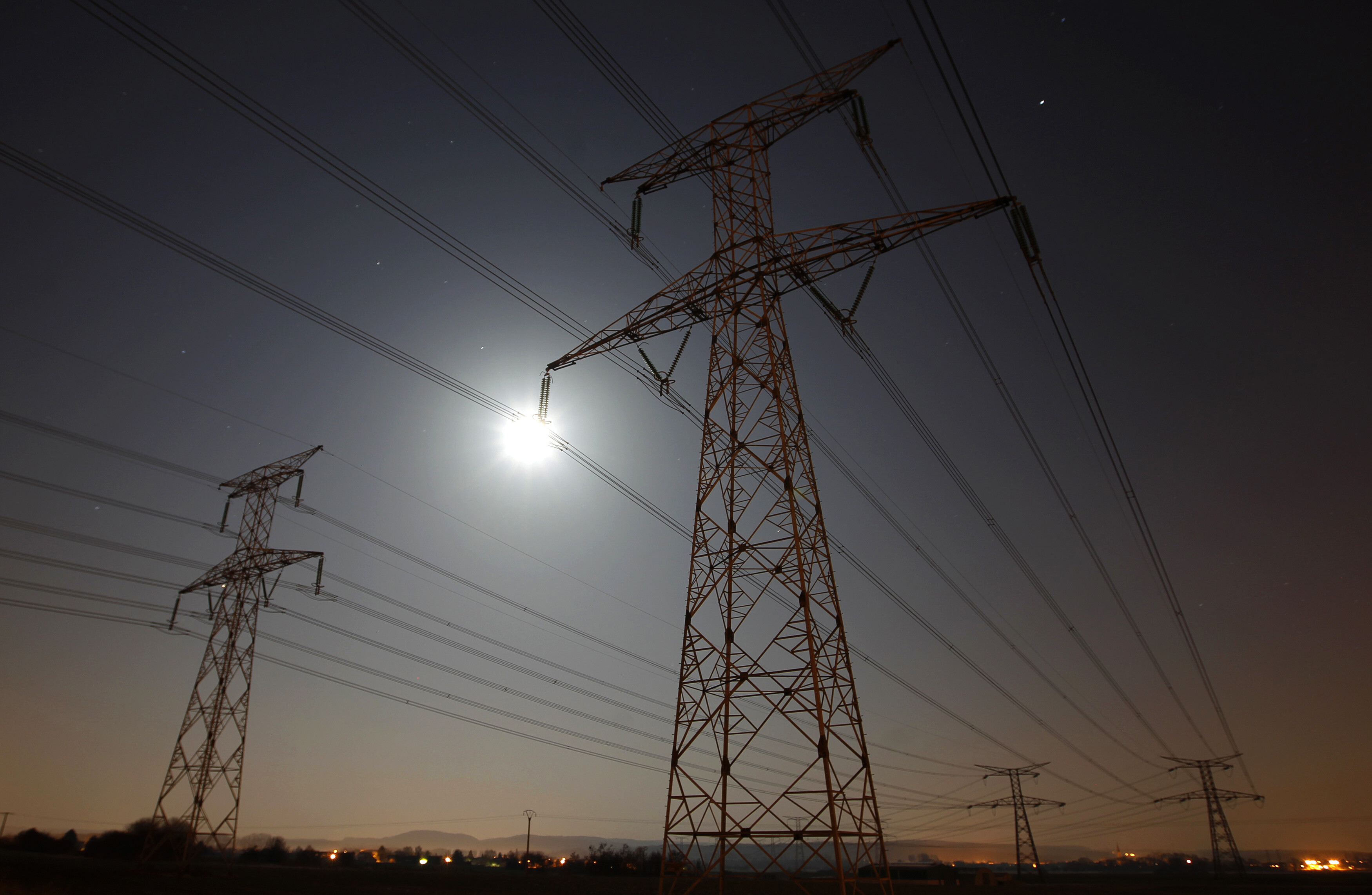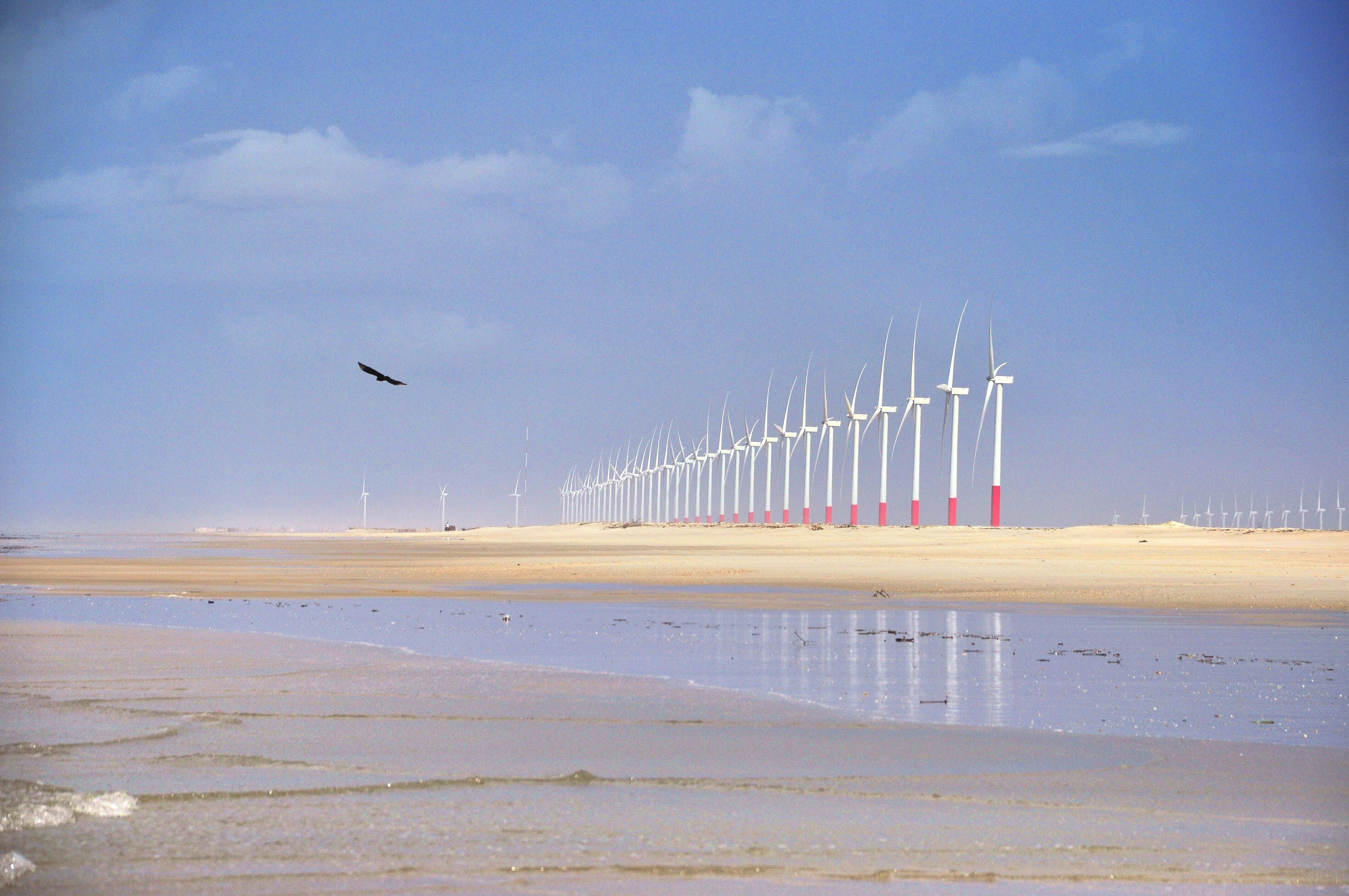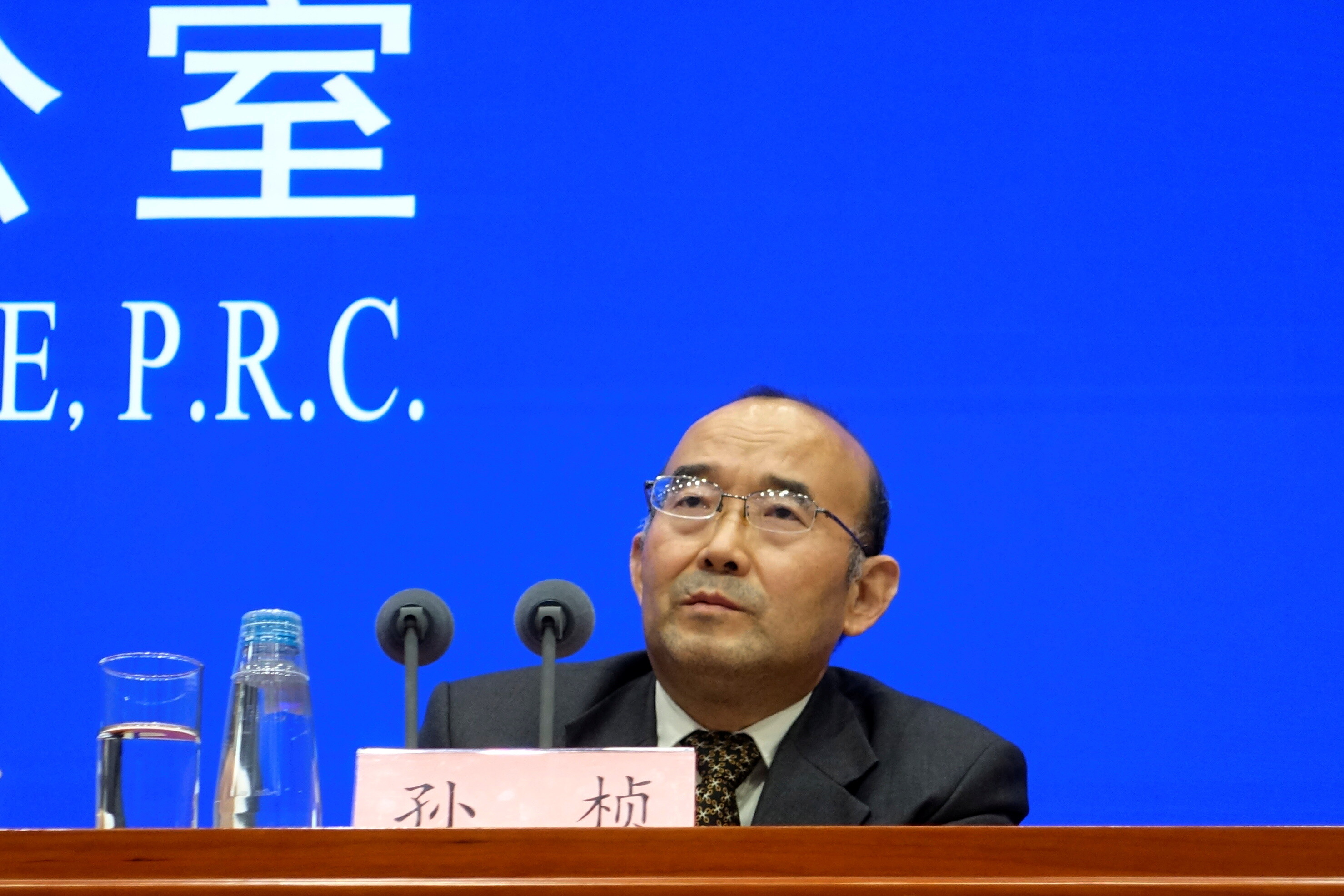Why public-private collaboration is key to overcoming challenges of the 'energy trilemma'

Public-private partnerships are crucial for addressing the 'energy trilemma' – ensuring security, affordability, and sustainability. Image: Getty Images/iStockphoto
- With more extreme weather patterns worldwide, humanity must commit to a swift, decisive, and broad transition toward sustainable energy sources.
- Public-private partnerships are crucial for addressing the 'energy trilemma' – ensuring security, affordability, and sustainability.
- Collaborative efforts can help ensure energy availability, create a net-zero energy value chain, and make renewable energy accessible to all.
From the devastating Australian wildfires and the worst-in-four-decades Somalia drought to the flash floods in Pakistan that led to the loss of many lives, the world has witnessed clear signs of increasingly extreme weather patterns in recent years.
This only emphasizes the urgent need for humanity to commit to a swift, decisive, and broad transition toward sustainable energy sources.
While non-carbon sources such as wind, solar, and geothermal have made headway into the global energy share, the reality is that the current landscape remains heavily reliant on fossil fuels, which still generate more than 80% of the world's power.
The private sector, as a central driver of the global economy, now faces increased challenges in decision-making, which has become much more difficult because it has to consider the ‘energy trilemma’: security, affordability, and sustainability.

Energy storage through innovation
As energy is a commodity, having a reliable supply and enough of it is critical. Therefore, concerns about the intermittent nature of renewable energy are valid. When there is no wind, wind farms do not work, and when a severe cold front hits, the sun does not shine, and water freezes—solar and hydropower are ineffective.
However, grid management and power storage investment can be leveraged to avert this, again utilizing the current energy industry’s expertise in the area. Germany’s integration of smart grid technologies to manage renewable energy variability serves as a model.
With ample storage of reserve power and a cutting-edge energy intelligence system that allows switching between energy types that would be most effective in a given situation, Germany becomes one of a few countries with enough energy to meet its needs even in the most severe climate.
Ultimately, an increase in coordinated public-private investments in research and development for innovative storage solutions will ensure a smooth and stable transition toward a renewable future. By ensuring that the energy keeps coming, we can build trust and encourage wider adoption of clean energy solutions.
An inclusive and sustainable energy transition
To shift the energy sector inclusively, those currently driving the carbon-based economy must become architects of the electrified future; the industry itself holds the infrastructure, and its workers hold the professionalism required for a smooth energy transition.
Norwegian state-owned energy company Equinor is leveraging its experience in energy management to spearhead the development of hydrogen power plants and offshore wind farms, as well as carbon capture infrastructure Europe-wide.
Meanwhile, the Scottish renewable energy sector has grown by more than 50%, with projects to create wind farms across the country, creating more than 15,000 jobs to accommodate those transitioning from the waning fossil fuel sector. These two examples exemplify this approach.
We can tap into the invaluable expertise of the currently carbon-intensive energy industry by re-skilling its already skilled workers. We can use their expertise to foster sustainability through a net-zero value chain without leaving them behind.
It cannot be emphasized enough that governments and companies must band together to achieve this. This synergy, manifested as public-private partnerships (PPPs), ensures a sustainable transition toward net zero that benefits everyone.
Bridging the price gap to ensure renewables are accessible
The key can be effective PPPs that work with the energy sector to govern emissions allowances, subsidize prices, and promote accessibility of clean energy.
Many initiatives on the financial front have been done. For example, according to the California Air Resources Board, the state's Cap-and-Trade programme supports renewable energy investment while incentivizing the private sector to reduce emissions through carbon tariffs.
That said, more needs to be done to ensure that renewables are accessible and not “far out of reach” to the general public. PPPs are especially crucial, for they can accelerate innovations that both drive down costs and incentivize usage via research and development and economies of scale.
The European Battery Alliance, for example, leverages resources from the European Investment Bank and its 400-plus partners to develop effective electric vehicle (EV) batteries. It supports the manufacturing process and raw materials sourcing while helping integrate EV charging and support technology at the local government level.
This model of joint government-companies initiatives not only streamlines the production of batteries (thus increasing their availability) but also makes changes more accessible for the users. It holds an immense power to develop from these models to become the “educator” that incentivizes and educates.
People should see the benefit of renewables and green products, including EVs, which can help transform consumers into “prosumers.”
EV industry as an example to follow
The road to the future of energy we want is paved with challenges, but they are not insurmountable.
We have seen a transition that symbolizes transforming existing means and technologies into something renewable. This is the EV industry, which holds the power of energy transformation that can happen if all consumers switch to EVs.
Imagine the majority of consumers switching to EVs: infrastructure, workforce and technology to support them are needed, and this can create ripple effects that prompt a more widespread change.
How is the World Economic Forum facilitating the transition to clean energy?
The above are all the challenges which demonstrate that to make a decision that considers the energy trilemma in a way that aligns with the ecosystem, a model of PPP in which the public sector empowers the private sector’s decision-making to be swift and scalable so that changes can really be felt and lasted.
The energy transition this will bring about will rebuild the global economy to be more friendly and truly work for both people and the planet.
Don't miss any update on this topic
Create a free account and access your personalized content collection with our latest publications and analyses.
License and Republishing
World Economic Forum articles may be republished in accordance with the Creative Commons Attribution-NonCommercial-NoDerivatives 4.0 International Public License, and in accordance with our Terms of Use.
The views expressed in this article are those of the author alone and not the World Economic Forum.
Forum Stories newsletter
Bringing you weekly curated insights and analysis on the global issues that matter.
More on Energy TransitionSee all
Roberto Bocca
November 17, 2025





